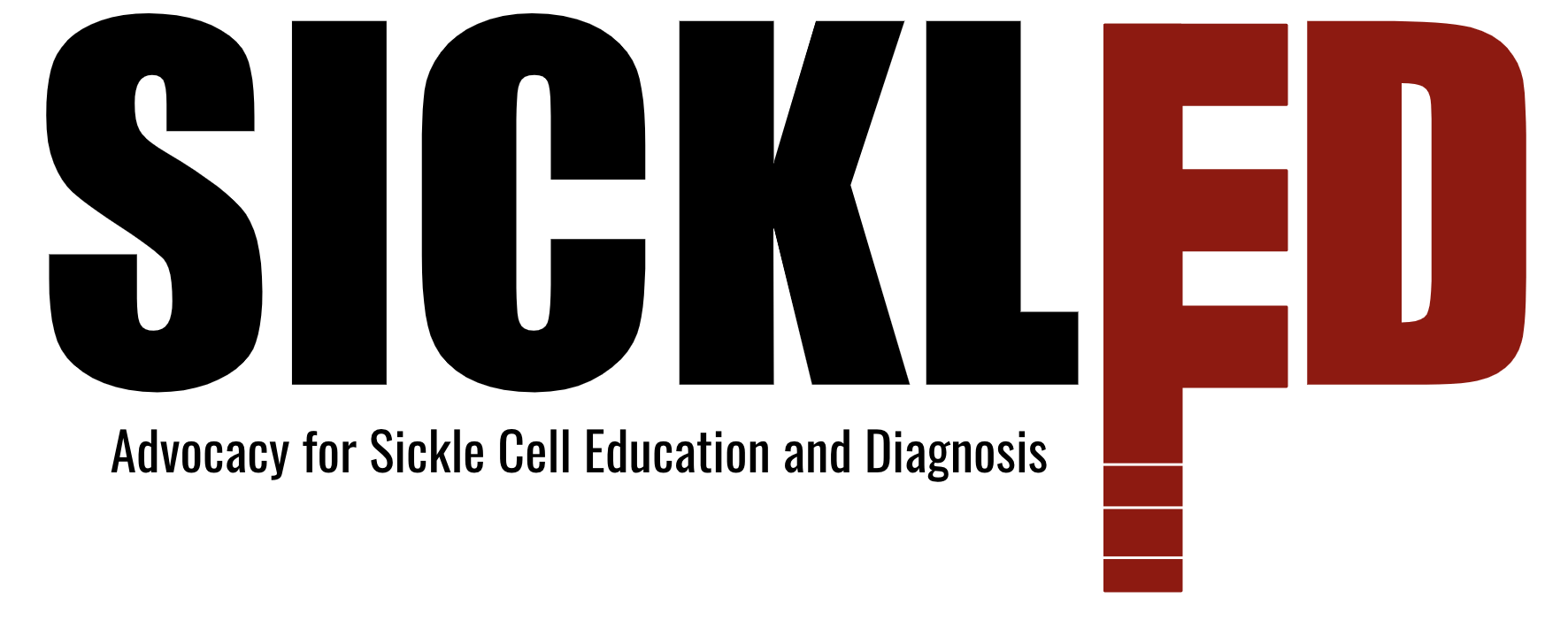This week in lab, we began our series of experiments to optimize our device. Our first experiment aimed to determine the amount of liquid that the absorbance pad on our test strip can absorb. By doing this, we can determine what volume of buffer to use when running the device. For the experiment, we pipetted 20μl of colored DI water into a well and then deposited the strip inside. We did this for a total of 6 wells, for a total expected retention volume of 120 μl in each strip.

The results of the first trial run of the experiment had many inconsistencies. The amount of time each test strip took to wick up fluid varied greatly, and the total amount of fluid left in the strips decreased as we moved forward. We determined that the major flaw of our first experiment was that we did not consider how external conditions, such as evaporation and humidity, would affect our results. Out of the 8 strips tested, 5 were determined to have been too negatively impacted by evaporation to include in the final results. Because of this, we decided to test four more strips, making sure to control the external conditions as much as possible. We made sure to dip the strips immediately after dispensing liquid into the wells, so that there was very little time for the water to evaporate. With these changes, the second trial run of this experiment had much more consistent results that were significantly better than before. Graphs depicting the combined results of these two trials are shown below.


We’ll follow up on these results next week by running a similar experiment using our running buffer instead of DI water. We also have several other experiments planned for the future as well.
In addition to work in lab, we’ve also continued making edits to our IRB documents for fieldwork in August. We met with the other half of our team to discuss how we plan on initiating contact with educators and students in Sierra Leone. Since we aren’t certain of what the timeline for school closures are, we determined it would be better to reach out to our partner in Sierra Leone, World Hope International, sooner rather than later. This assures that we can establish a connection with schools before they close for extended breaks.
